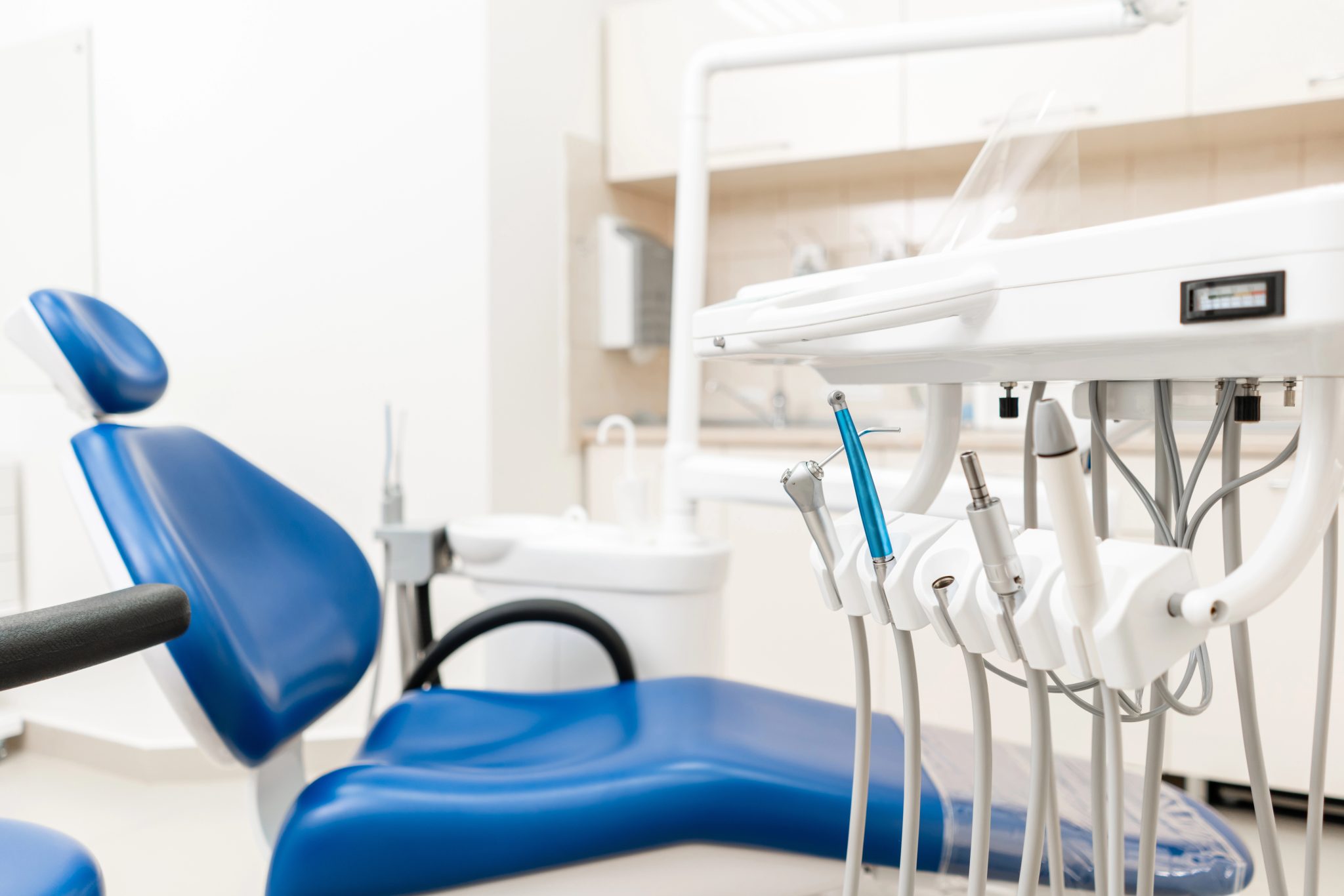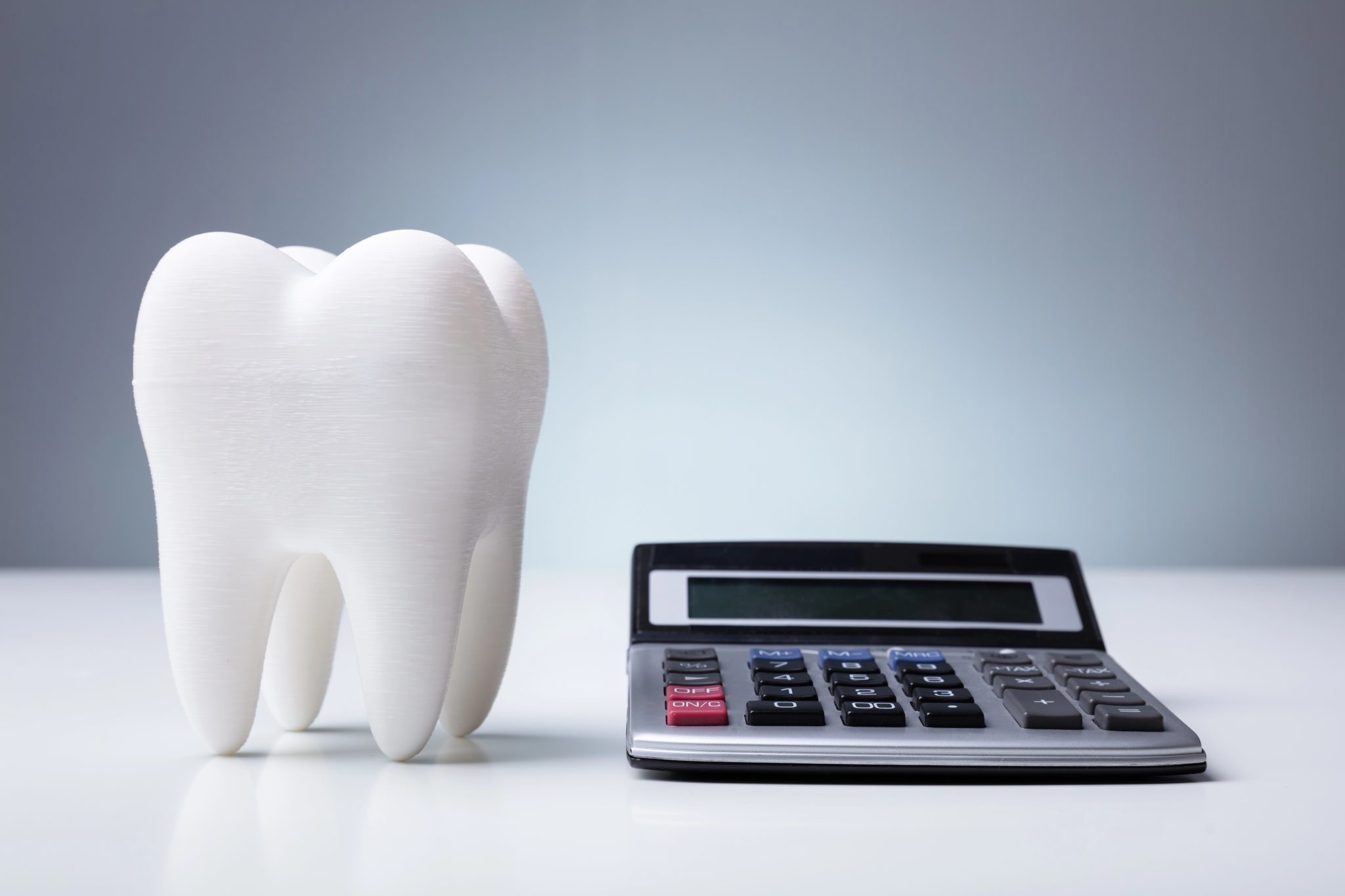Financial forecasting is important for managing any business, including dental offices. By accurately predicting future financial outcomes, dental practices can make informed decisions, allocate resources efficiently, budget more effectively, and navigate potential challenges effectively. It involves projecting revenues, expenses, cash flows, and profitability over a specified period, typically ranging from one to five years; it also requires a deep understanding of the dental industry, market dynamics, and internal operations.
Table of Contents
ToggleWhy Is Financial Forecasting Important?
There are several reasons why forecasting is an important part of financial planning.
Strategic Planning
Financial forecasts provide dental practices with a guide for achieving their strategic objectives. Whether you are planning on expanding the practice, investing in new equipment, or hiring additional staff, accurate forecasts help decision-making and resource allocation.
Budgeting
Forecasting helps dental practice owners set realistic budgets by estimating future revenues and expenses, allowing for multiple variables. Simply budgeting based on what you spent the previous year isn’t going to be useful if you are expanding or making other changes. Outside influences have impacts too; trying to incorporate these helps you budget more accurately, too. This means you can allocate resources more effectively and have adequate funds for operations, marketing, and growth, so your practice can thrive.
Risk Management
By identifying potential financial risks and challenges in advance, you can implement mitigation strategies to protect your dental practice’s financial security. Forecasting helps predict fluctuations in patient volumes, changes in reimbursement rates, and other challenges, so these risks can be minimized or counteracted.
Securing Financing
Lenders and investors often require financial projections when evaluating loan applications or investment opportunities. Accurate forecasts demonstrate the practice’s financial viability and growth potential, increasing the likelihood of securing financing at favourable terms.
Benchmarking and Performance Evaluation
Comparing actual financial results with forecasted figures allows dental offices to assess their performance and identify areas for improvement. It facilitates ongoing monitoring and adjustments to ensure the practice is on track to achieve its goals.
![]()
How Can You Complete A Forecast?
Using a variety of methods can help to provide better forecasting.
Historical financial data, including revenues, expenses, and patient volumes, can be used to forecast future performance, through analyzing trends to make informed projections. Financial ratios, such as profitability, liquidity, and efficiency ratios, offer insights into a practice’s financial health. Comparing these to industry averages helps identify areas for improvement.
Market analysis uses factors like population growth, insurance coverage rates, and consumer preferences to help forecast patient demand and revenue potential. Understanding market dynamics, demographics, and competition is crucial for accurate forecasts.
Business uncertainty is unavoidable; scenario analysis helps evaluate multiple outcomes and financial implications. By considering best-case, worst-case, and likely scenarios, contingency plans can be developed to mitigate risk.
Consulting with financial advisors with dental industry expertise helps ensure accurate forecasts that provide meaningful insights.
Challenges and Considerations in Forecasting for Dental Offices
Revenue Sources
Dental practices get revenue from multiple sources, including patient services, insurance reimbursements, referral partnerships, and grants. Forecasting should account for the contribution of each revenue stream and consider factors such as fee schedules, patient retention rates, and the payer mix, or the composition and distribution of different sources of payment.
Specialized Services
Specialized services that require long-term planning and coordination, such as orthodontics with multi-year treatment plans or implant dentistry’s extensive treatment phases, require special forecasting. Estimating patient participation over time and predicting associated revenues and expenses over different years can be complex.
Expenses and Overhead
Practice owners need to consider and accurately predict both fixed and variable costs when projecting expenses. The impact of inflation and escalating costs should be incorporated, too.
Seasonal Variations
Dental practices often experience seasonal fluctuations in patient volumes, such as increased demand for preventive care during back-to-school season or during holidays, or increased demand for major services to be completed in stages in December and January to take advantage of new yearly insurance limits. These seasonal variations must be accounted for when projecting revenue and expenses to avoid over- or underestimating performance.
Regulatory Changes
Regulatory changes, such as updates to reimbursement rates, billing codes, documentation, and compliance requirements, can increase administrative work and have other impacts. Dental practice owners must stay informed and incorporate these changes and any financial implications into their forecasts to anticipate their impact on operations, revenue, and expenses.
Technology and Equipment Costs
Investing in new technology and equipment can be costly for dental practices, but they have the potential to also increase revenues. Advancements in dental technology and treatment modalities can impact practice finances greatly in both directions. In addition to technology upgrades, don’t forget to include added training and equipment maintenance costs, as well as the lifecycle of existing equipment and depreciation impacts.
Insurance Reimbursement Rates
Dental reimbursement rates from insurance companies vary widely and are subject to change over time. Forecasting accurately requires monitoring changes in reimbursement policies and estimating the impact on revenue streams. Additionally, delays or denials in insurance payments should be considered in financial projections.
Patient Retention and Acquisition
Forecasting for dental practices involves predicting patient retention rates and the acquisition of new patients. Patient satisfaction, marketing efforts, and competition from other practices will influence patient retention and acquisition and should be considered.
Economic Conditions
Economic factors, including unemployment rates, consumer spending patterns, and healthcare trends, influence patient demand for dental services. During economic downturns, patients may postpone non-urgent dental treatments or prioritize cost-effective options.

Staffing
Labour costs, including salaries, benefits, and staff turnover, are significant expenses that can vary with changes in patient volumes, scheduling patterns, and practice growth, as well as changes in labour laws or employment trends.
Trying to incorporate all of these factors into a forecast is complex, but necessary to generate one that is accurate enough to be useful. Dental Tax has years of experience helping practice owners develop these, tailored to their individual dental practices, providing them with the guiding documents they need.
Adam has an MBA from the Richard Ivey School of Business in London and also holds a Chartered Investment Manager designation.
- Optimizing Accounts Receivable for Dental Practices - June 25, 2025
- Implementing Internal Controls in Dental Practice Accounting - June 11, 2025
- Accounting Outsourcing for Dental Practices: Benefits and Best Practices - May 28, 2025






